Home>Furniture & Design>Living Room Furniture>How To Place A Dining Table In The Living Room
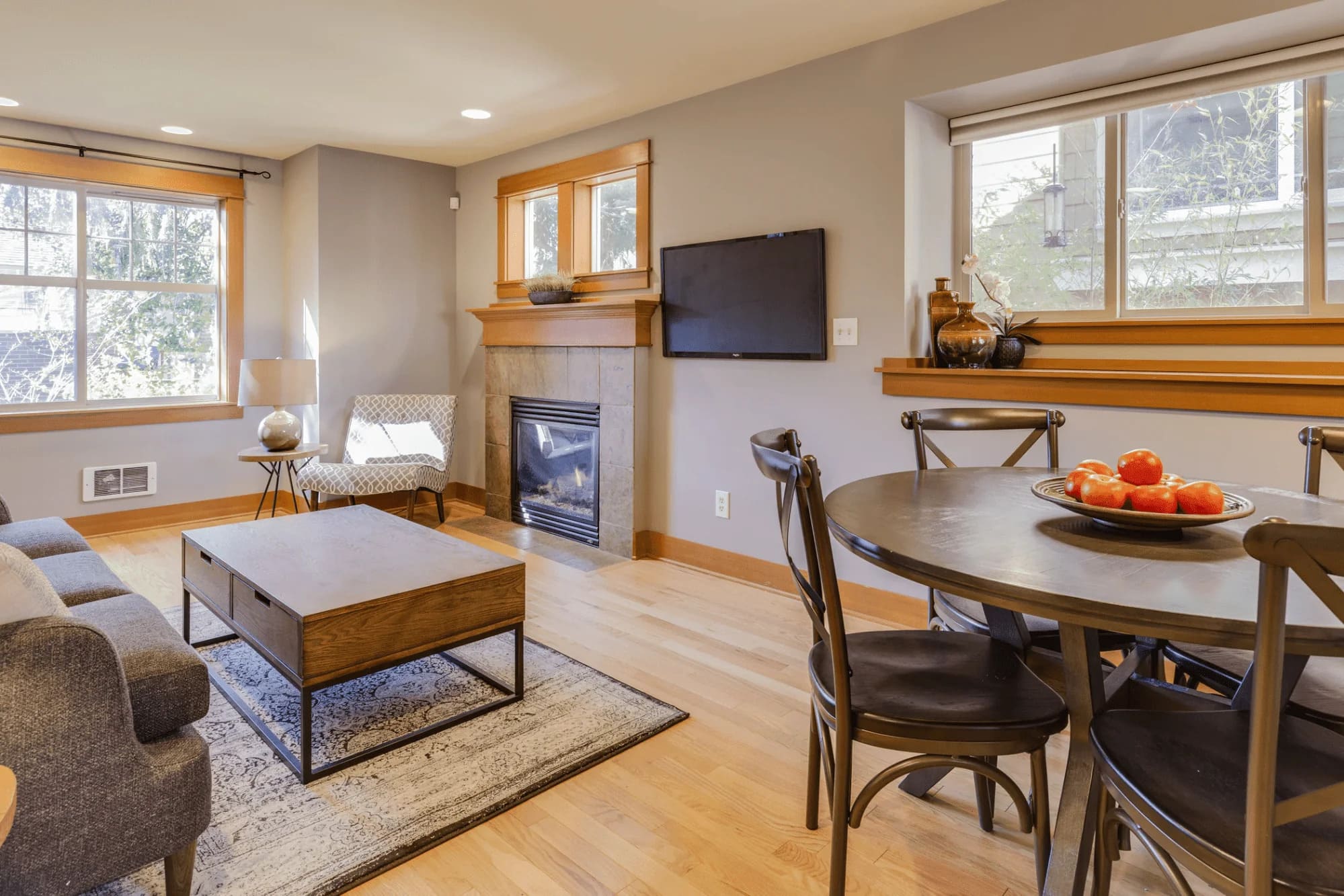

Living Room Furniture
How To Place A Dining Table In The Living Room
Modified: January 9, 2024
Discover the best way to incorporate living room furniture and design by learning how to place a dining table in the living room. Explore creative ideas and maximize your space!
(Many of the links in this article redirect to a specific reviewed product. Your purchase of these products through affiliate links helps to generate commission for Storables.com, at no extra cost. Learn more)
**
Introduction
**
So, you've made the decision to add a dining table to your living room. This can be a fantastic way to create a multifunctional space that is perfect for both entertaining guests and enjoying everyday meals. However, placing a dining table in the living room requires thoughtful consideration of space, design, and functionality. In this guide, we will explore the key factors to keep in mind when incorporating a dining table into your living room, from assessing the available space to selecting the right table and styling it to harmonize with the existing decor. Whether you have a small apartment or a spacious open-concept living area, we'll cover everything you need to know to seamlessly integrate a dining table into your living room, creating a welcoming and practical environment for dining and socializing. Let's dive in!
Key Takeaways:
- When adding a dining table to your living room, consider the space, table size, and positioning to create a multifunctional and inviting area for dining and socializing.
- Styling the dining table with thoughtful design elements, lighting, and textiles can elevate the visual appeal and create a welcoming atmosphere in your living room.
Read more: Where To Place Dining Table In Living Room
Assessing the Space
Before bringing a dining table into your living room, it’s crucial to assess the available space to determine the most suitable location for the table. Start by measuring the dimensions of the living room, taking note of any architectural features, such as windows, doors, and built-in elements. Consider the flow of foot traffic and ensure that there is enough clearance around the potential dining area to allow comfortable movement.
Next, evaluate the overall layout and design of the living room. Take into account the existing furniture, such as sofas, coffee tables, and entertainment units, and envision how the dining table will fit alongside these elements. If the living room is part of an open floor plan that includes the kitchen or dining area, think about how the dining table will complement the adjacent spaces.
Additionally, consider the natural lighting in the living room. Placing the dining table near a source of natural light can create an inviting ambiance for meals and gatherings. If natural light is limited, think about incorporating lighting fixtures that will illuminate the dining area effectively.
Lastly, assess the functionality of the space. Will the dining table primarily serve as a formal setting for meals, or will it also be used for casual activities and work? Understanding the intended use of the table will help determine the ideal placement within the living room.
By carefully evaluating the space, you can identify the most suitable location for the dining table, ensuring that it harmonizes with the existing layout and enhances the overall functionality of the living room.
Choosing the Right Table
When it comes to selecting a dining table for your living room, there are several factors to consider to ensure that it complements the space and meets your functional needs. Start by assessing the size of the living room and determining the appropriate dimensions for the dining table. If space is limited, consider a round or square table, as these shapes can fit well in compact areas and promote a sense of intimacy during meals. For larger living rooms, a rectangular or oval table may be more suitable, providing ample seating and a striking visual presence.
Consider the material and style of the dining table in relation to the existing decor of the living room. If the room features modern furnishings, a sleek glass or metal table might be an ideal choice, adding a contemporary touch to the space. For a more traditional or rustic ambiance, a wooden table with warm finishes can complement the overall aesthetic of the living room. Additionally, consider the color of the table to ensure that it harmonizes with the flooring, walls, and other furniture in the room.
Another important aspect to consider is the seating configuration. Determine the number of chairs that the dining table should accommodate based on your household size and the likelihood of entertaining guests. If space is a concern, consider benches or stools that can be easily tucked under the table when not in use, maximizing the available area in the living room.
Functionality is key when choosing a dining table for the living room. If the table will serve multiple purposes, such as a workspace or a place for children to do homework, consider options with durable surfaces that can withstand daily use. Extending tables or those with removable leaves can be valuable for accommodating larger gatherings while maintaining a compact footprint for everyday use.
By carefully considering the size, style, material, seating configuration, and functionality of the dining table, you can select a piece that seamlessly integrates into your living room, enhancing both the visual appeal and the practicality of the space.
When placing a dining table in the living room, make sure to leave enough space for chairs to be pulled out comfortably. Consider the flow of traffic and ensure there is enough room for people to move around the table.
Positioning the Table
Once you have selected the ideal dining table for your living room, the next step is to determine the optimal positioning within the space. The placement of the table should promote a harmonious flow and ensure that it serves as a functional and visually appealing focal point in the room.
Consider the scale and proportions of the living room when positioning the dining table. If the room is small, placing the table against a wall or in a corner can maximize the available floor space while creating a cozy dining nook. In larger living rooms, consider positioning the table away from the walls to create a more open and inviting atmosphere, allowing for easy movement around the table.
Take into account the natural focal points in the living room, such as a fireplace, a large window with a scenic view, or a captivating piece of artwork. Positioning the dining table to take advantage of these focal points can enhance the overall ambiance of the space and create an engaging dining experience.
When determining the orientation of the table, consider the flow of natural light and artificial lighting in the living room. Placing the table near a window or under a well-positioned lighting fixture can create an inviting and well-lit dining area. If the living room lacks natural light, strategically placed lamps or pendant lights can illuminate the dining table effectively.
Furthermore, think about the proximity of the dining table to other functional areas within the living room. If the room serves as a multifunctional space for entertaining, relaxation, and work, ensure that the positioning of the table allows for seamless transitions between these activities while maintaining a cohesive visual balance.
Ultimately, the positioning of the dining table should promote a sense of unity within the living room, creating a space where meals can be enjoyed, conversations can flow, and the overall design and functionality of the room are enhanced.
Styling the Dining Table in the Living Room
Once the dining table is positioned in your living room, styling it to complement the existing decor and create an inviting ambiance is essential. By incorporating thoughtful design elements, you can elevate the visual appeal of the dining area while ensuring that it seamlessly integrates with the overall aesthetic of the living room.
Start by selecting a centerpiece that serves as the focal point of the dining table. This could be a vase of fresh flowers, a striking bowl of fruit, or a decorative centerpiece that reflects your personal style. The centerpiece should harmonize with the colors and textures present in the living room, adding a touch of elegance and visual interest to the dining area.
Consider the tableware and accessories that will adorn the dining table. Choose dinnerware, glassware, and cutlery that complement the style and color scheme of the living room while reflecting your personal taste. Coordinating placemats, napkins, and table runners can further enhance the visual appeal of the dining area, adding a layer of sophistication to the overall design.
Lighting plays a crucial role in setting the mood for dining and socializing. If the dining table is not positioned near a natural light source, consider incorporating lighting elements such as candles, tea lights, or a stylish table lamp to create a warm and inviting atmosphere during meals. Pendant lights or a chandelier above the dining table can also add a touch of drama and elegance to the space.
Textiles, such as chair cushions and decorative throws, can introduce comfort and style to the dining area. Select fabrics that complement the upholstery and drapery in the living room, creating a cohesive and inviting environment for dining and relaxation.
Finally, consider incorporating decorative elements that reflect your personal interests and add character to the dining area. This could include artwork, sculptures, or decorative objects that convey a sense of personality and warmth, enriching the overall ambiance of the living room.
By thoughtfully styling the dining table in the living room, you can create a captivating and inviting space that harmonizes with the existing decor while serving as a focal point for dining and social gatherings.
Read more: How To Place Dining Table In Living Room
Conclusion
Integrating a dining table into the living room presents an opportunity to create a versatile and inviting space that accommodates both dining and social activities. By carefully assessing the available space, selecting the right table, positioning it thoughtfully, and styling it to complement the existing decor, you can transform your living room into a multifunctional area that seamlessly blends practicality and style.
When assessing the space, consider the dimensions, layout, and functionality of the living room to determine the most suitable location for the dining table. Choosing the right table involves considering the size, material, style, seating configuration, and functionality to ensure that it harmonizes with the overall design of the living room and meets your specific needs.
Positioning the table requires thoughtful consideration of scale, proportions, natural focal points, and lighting to create a cohesive and inviting dining area within the living room. Styling the dining table involves incorporating design elements such as centerpieces, tableware, lighting, textiles, and decorative objects that enhance the visual appeal and create a welcoming atmosphere for meals and social gatherings.
By following these considerations and infusing your personal style into the process, you can seamlessly integrate a dining table into your living room, creating a space that is both functional and aesthetically pleasing. Whether you have a small apartment or a spacious open-concept living area, the addition of a dining table can enhance the versatility and charm of your living room, providing a focal point for dining, entertaining, and everyday enjoyment.
With thoughtful planning and attention to detail, your living room can be transformed into a dynamic and inviting space that reflects your lifestyle and encourages meaningful connections with family and friends. Embrace the opportunity to design a living room that effortlessly combines dining and relaxation, setting the stage for memorable moments and enriching experiences.
Frequently Asked Questions about How To Place A Dining Table In The Living Room
Was this page helpful?
At Storables.com, we guarantee accurate and reliable information. Our content, validated by Expert Board Contributors, is crafted following stringent Editorial Policies. We're committed to providing you with well-researched, expert-backed insights for all your informational needs.
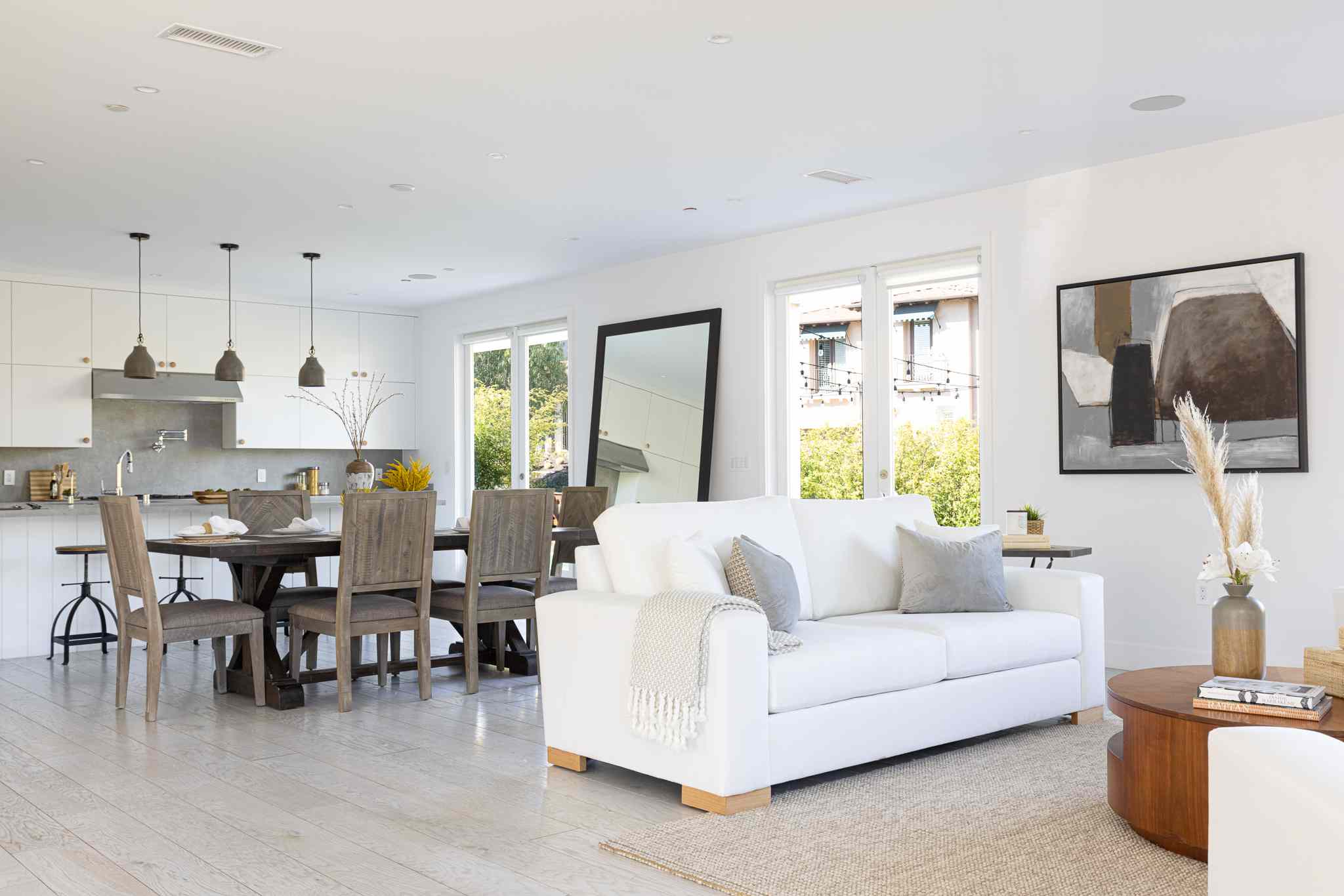
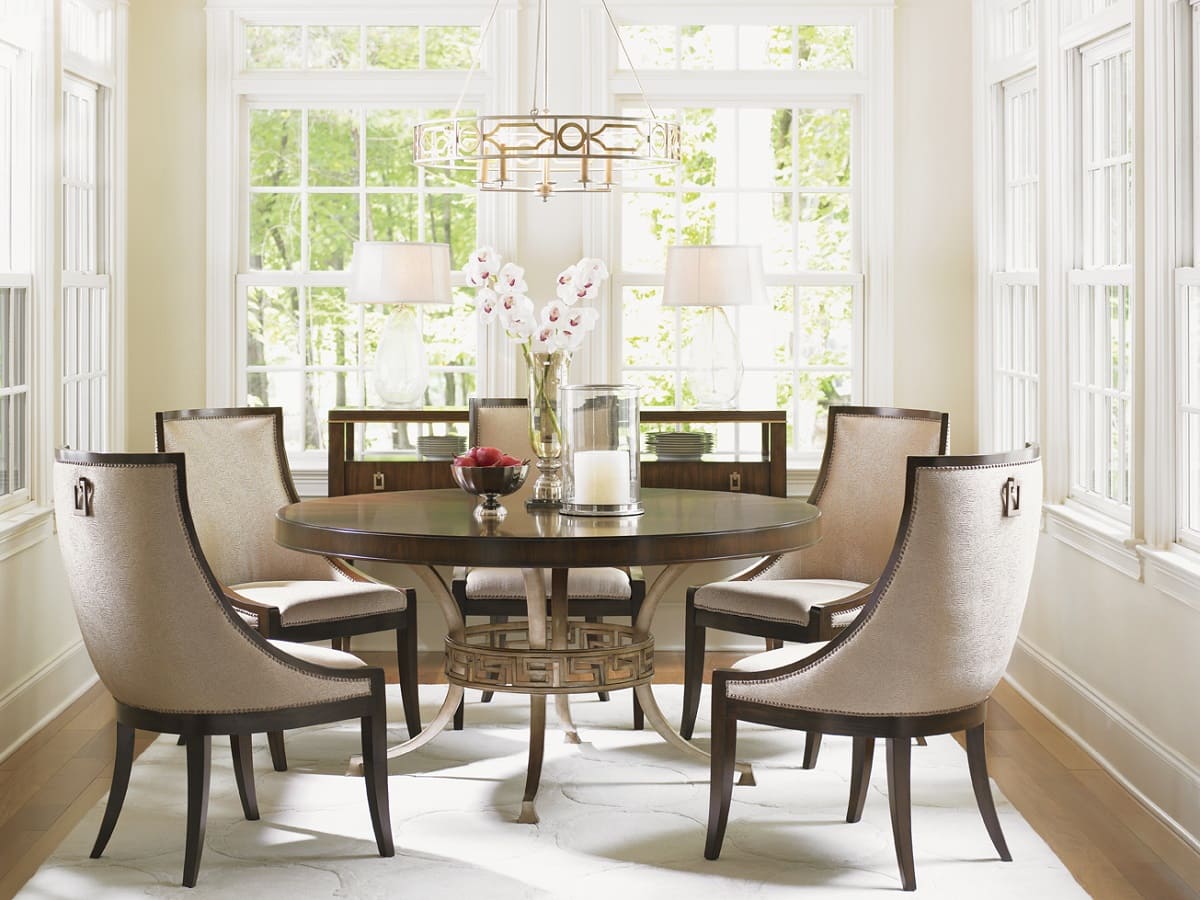
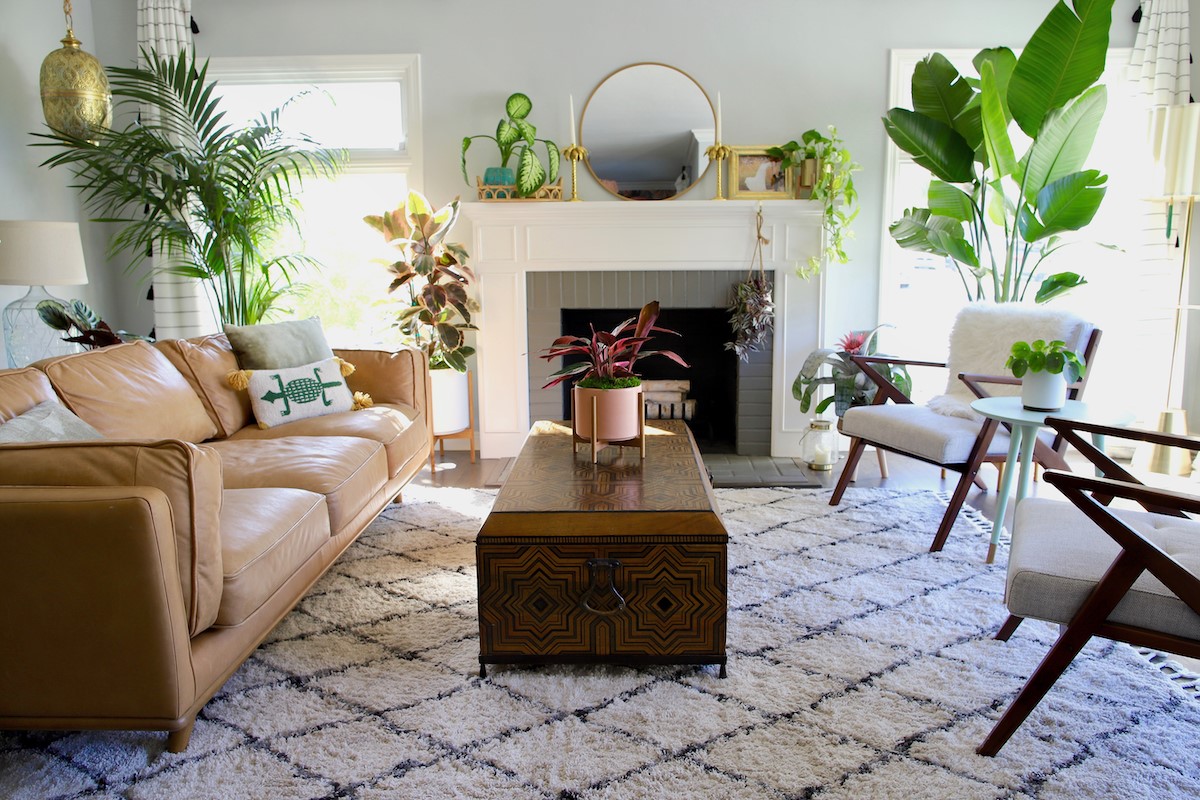
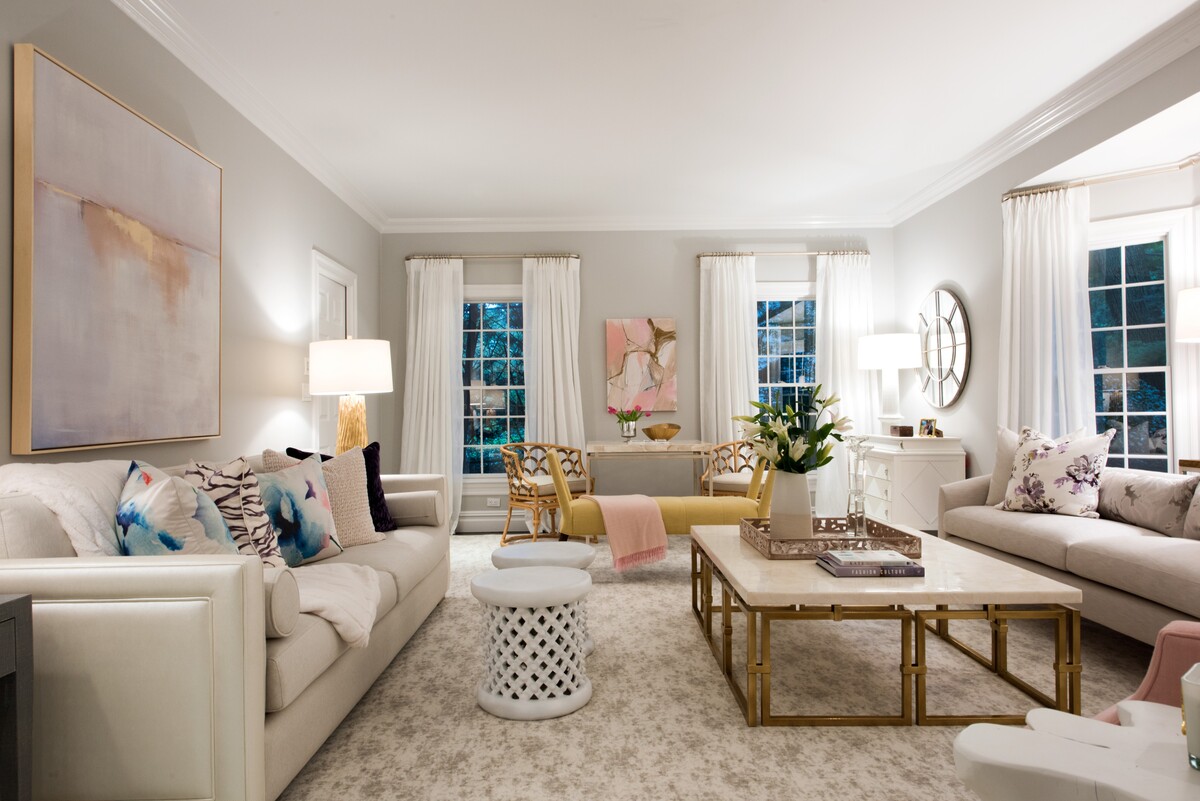
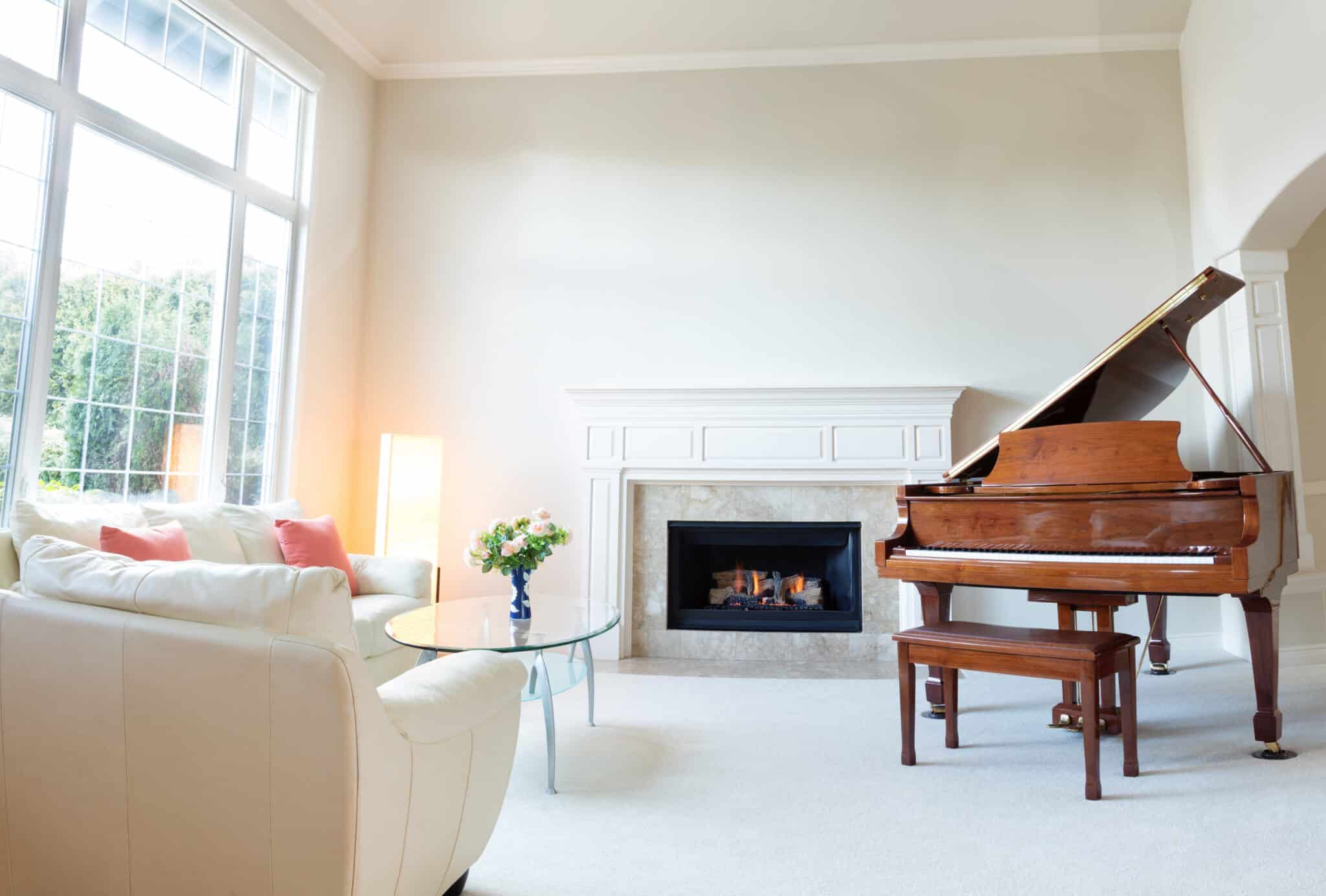
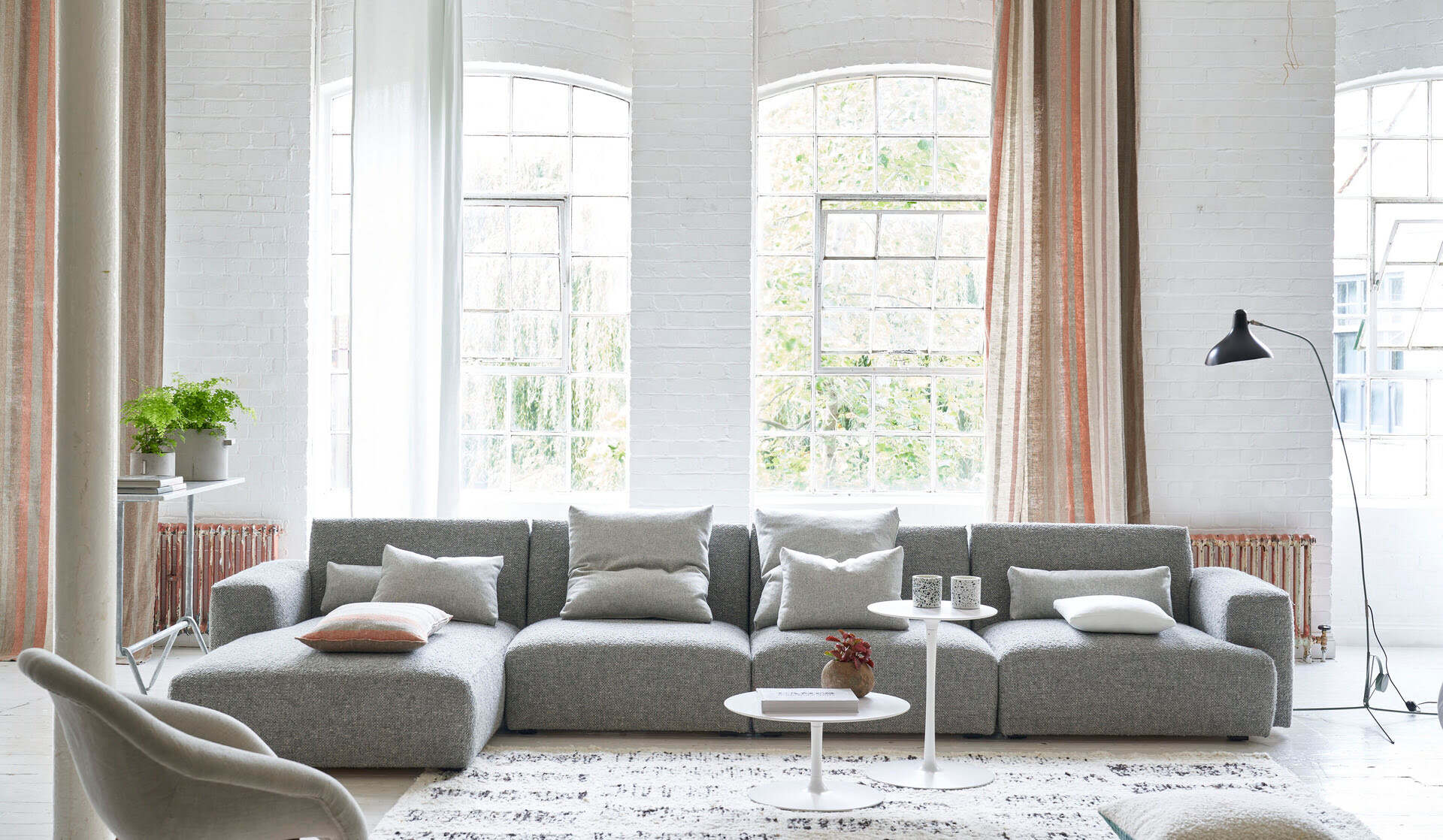
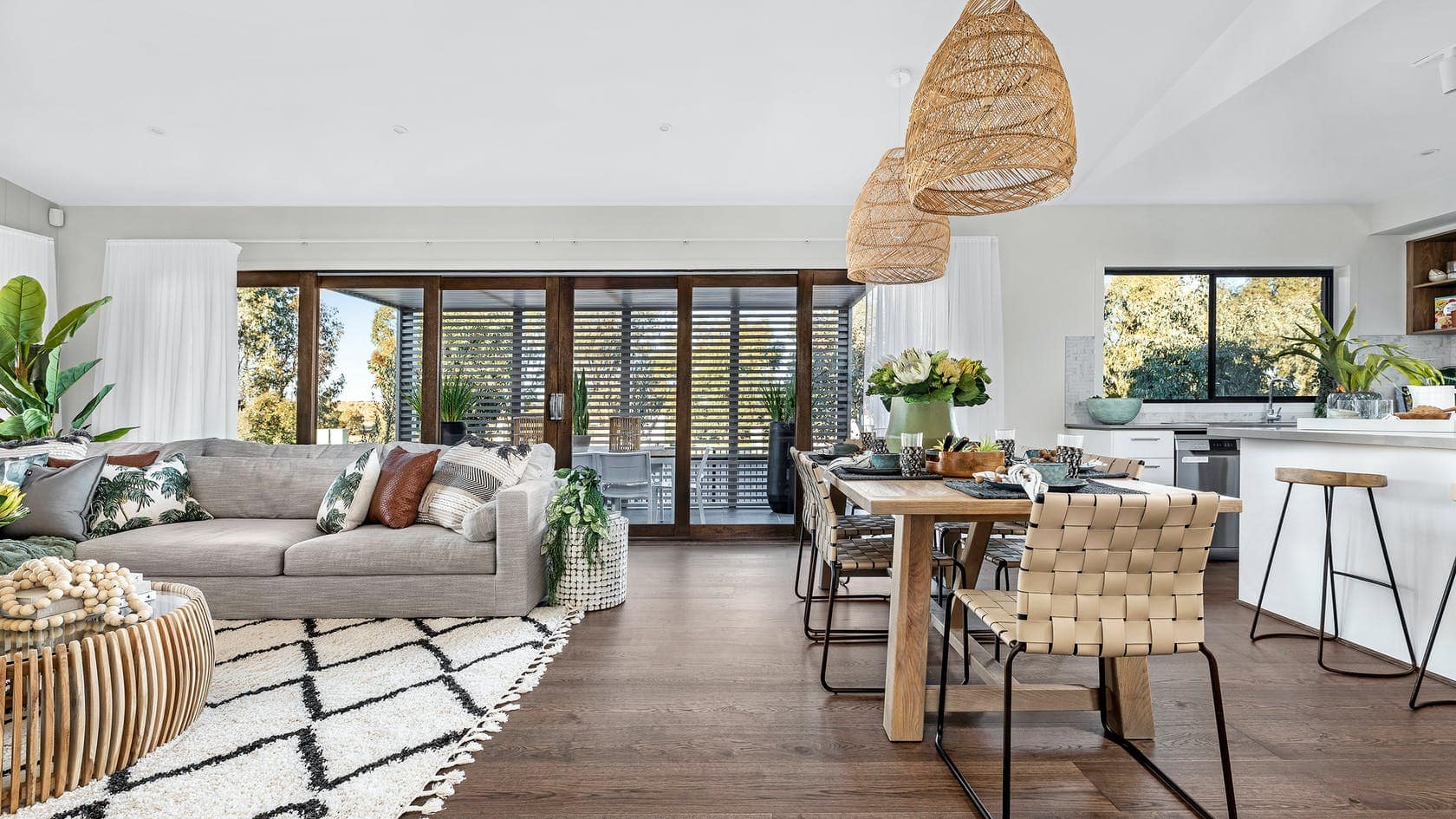


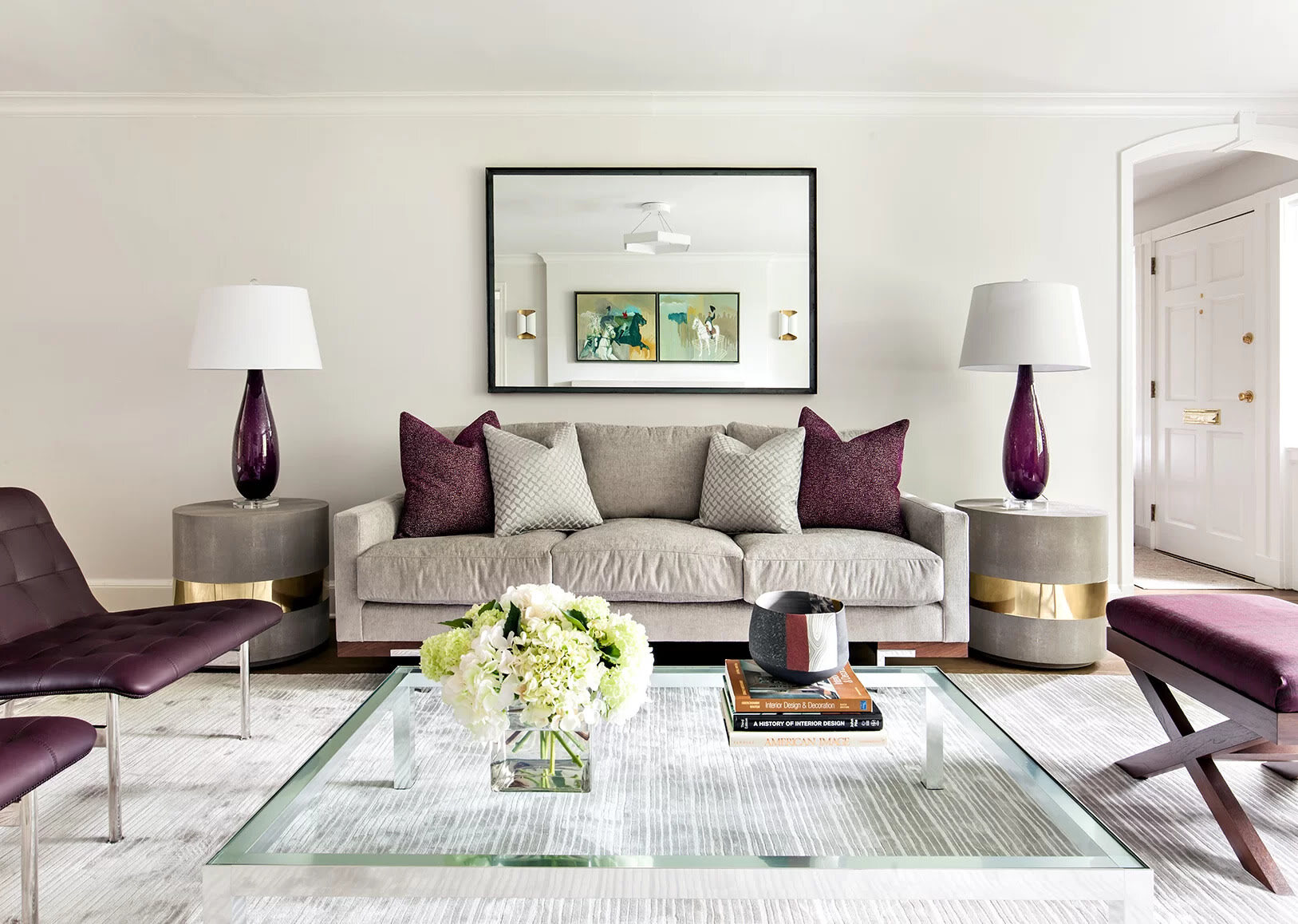
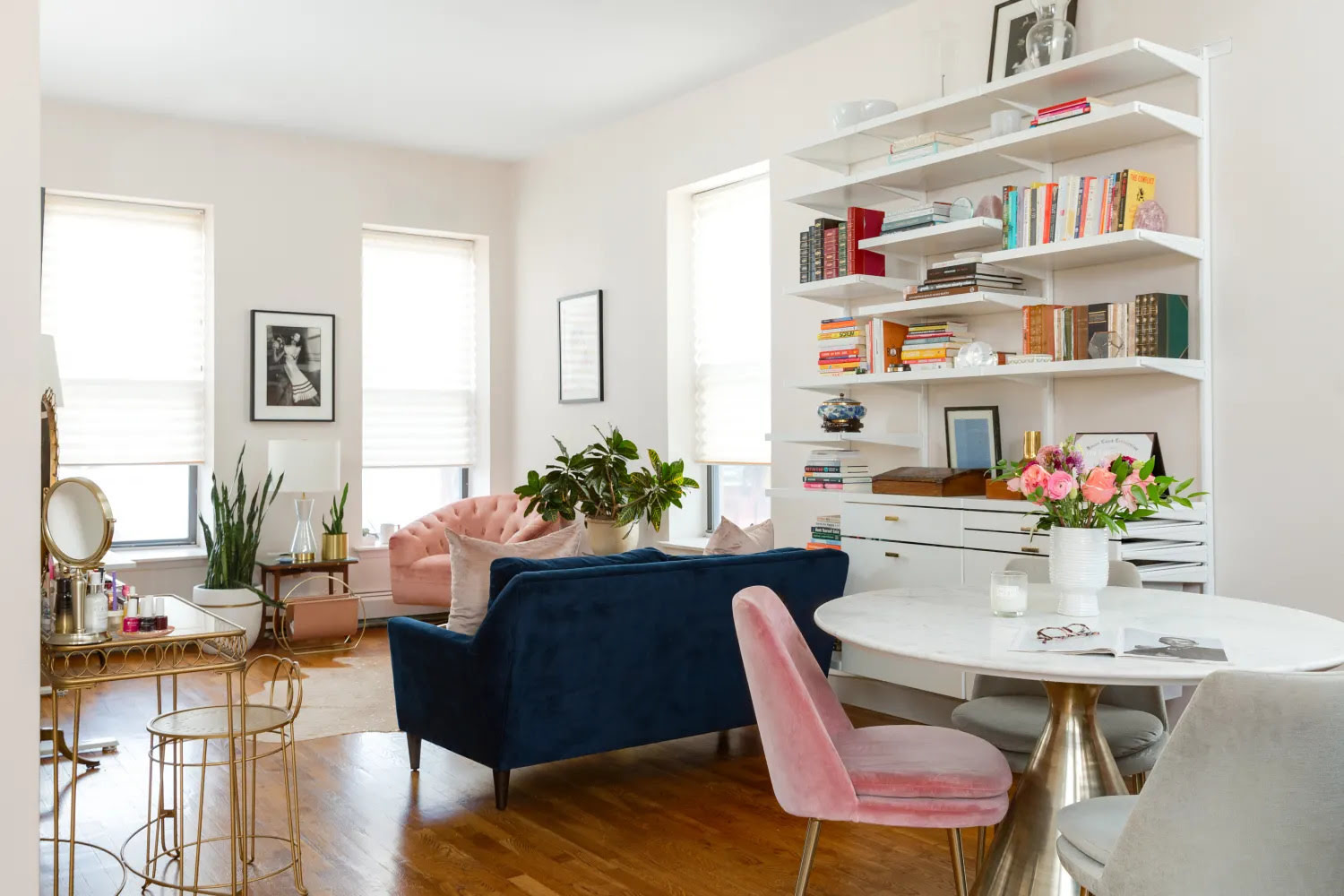
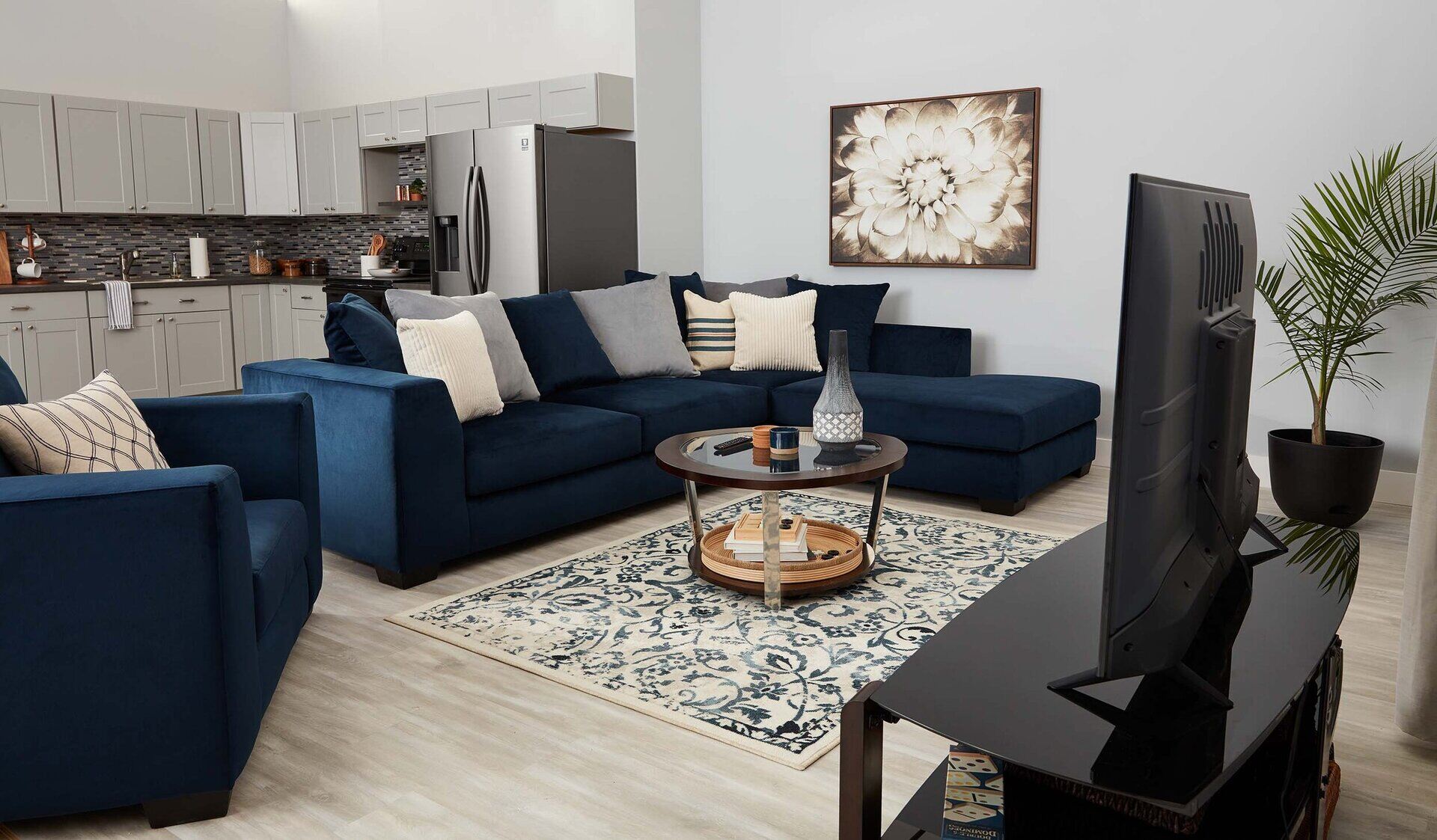
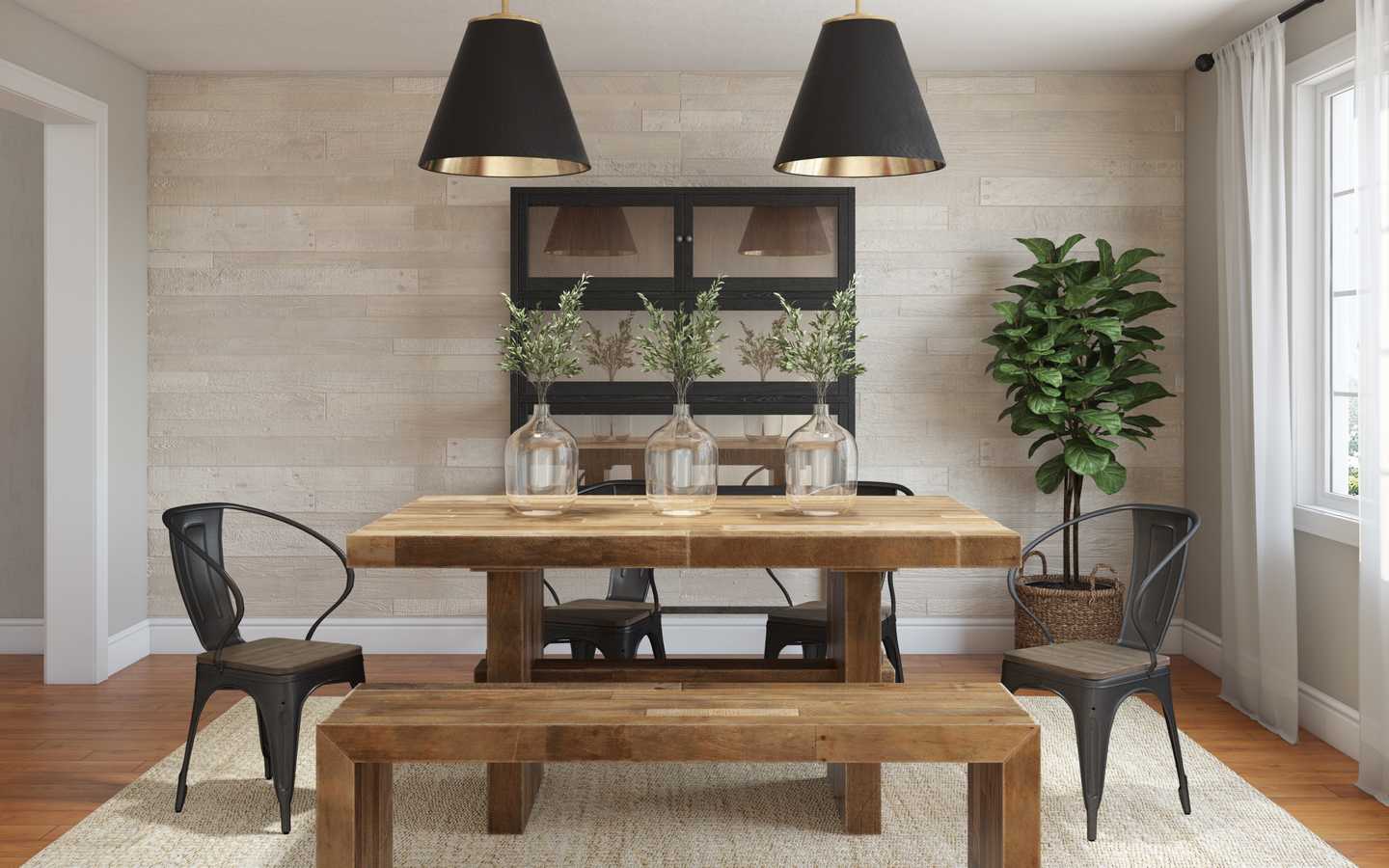
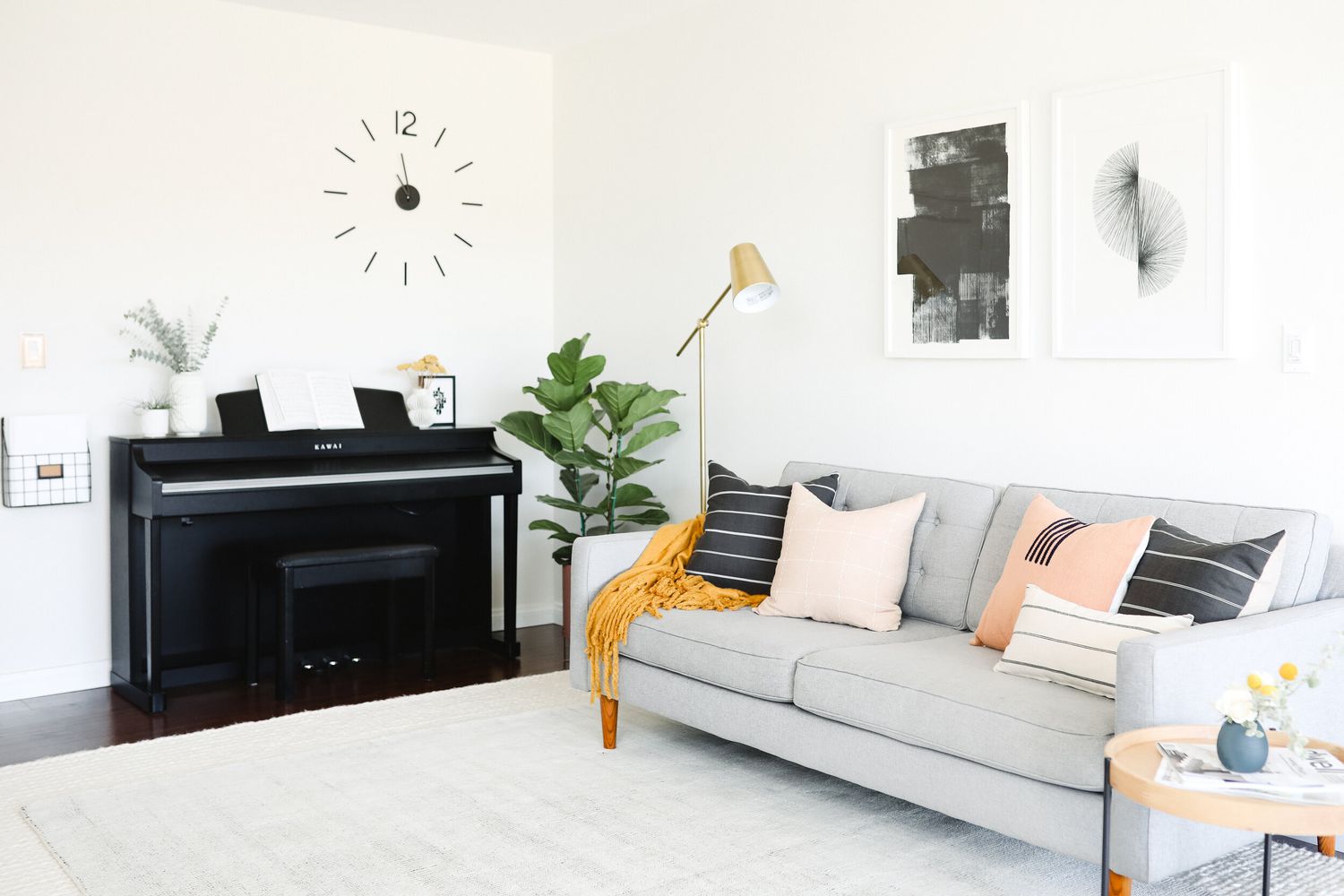

0 thoughts on “How To Place A Dining Table In The Living Room”